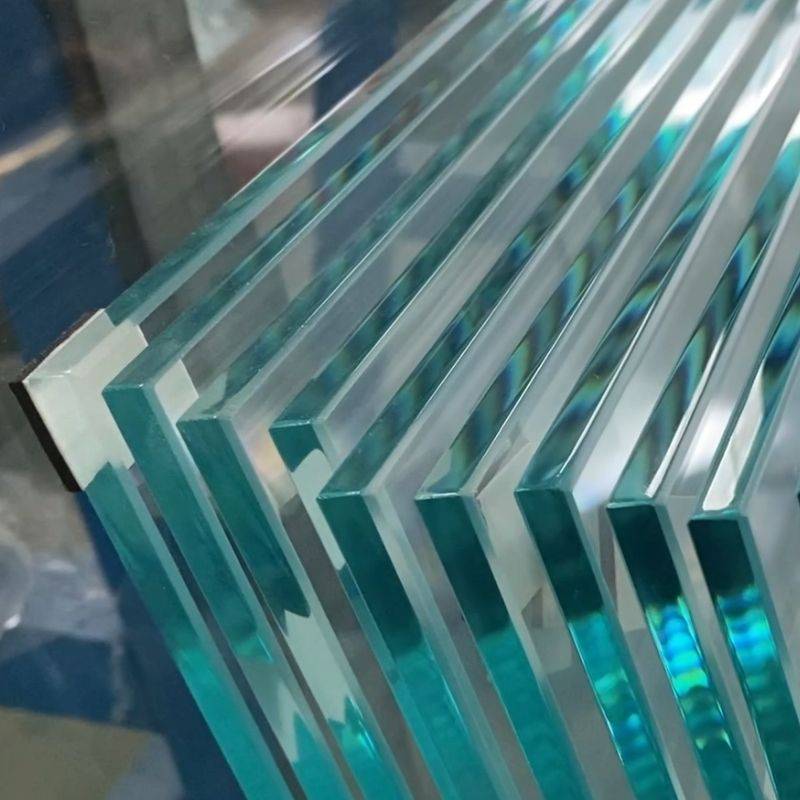

The Art and Science of Tempered Glass Design
Tempered glass, also known as toughened glass, has become an essential material in modern architecture and design due to its enhanced strength and safety features. This type of glass is created through a process of extreme heating and rapid cooling, which results in a product that can withstand significant thermal and mechanical stress. The design of tempered glass not only focuses on its physical properties but also emphasizes aesthetic appeal and functional versatility.
Understanding Tempered Glass
To appreciate the design of tempered glass, it is vital to understand its production process. The glass is heated in a furnace to temperatures around 620 to 650 degrees Celsius. After reaching the desired heat, it is cooled rapidly using air jets. This process not only increases the strength of the glass but also creates compressive stresses on its surface, making it significantly tougher than untreated glass. In fact, tempered glass is four to five times stronger than regular glass of the same thickness.
One of the most noteworthy characteristics of tempered glass is its safety feature. When it breaks, it shatters into small, blunt fragments rather than sharp shards, reducing the risk of injury. This makes it an ideal choice for various applications, including shower doors, glass doors, facades, and glass railings, where safety is a primary concern.
Design Applications
The design possibilities with tempered glass are nearly limitless. Its strength allows for larger panes to be used, creating open and airy spaces without compromising structural integrity. Architects frequently incorporate tempered glass in their designs to enhance natural light and provide stunning views. For instance, floor-to-ceiling windows not only serve as a focal point but also establish a seamless connection between indoor and outdoor environments.
Moreover, tempered glass can be treated with various finishes, colors, and textures, allowing designers to personalize it to suit specific aesthetic needs. Sandblasting, etching, and laminating with other materials are ways to produce unique designs that can enhance the visual appeal of any space. The transparent nature of tempered glass also facilitates a minimalist design ethos, where less is more and the focus shifts toward the beauty of surrounding elements.

Sustainability Considerations
In the contemporary context, sustainability is a major consideration in design. Tempered glass is an eco-friendly material as it is recyclable. The energy used in its production can be recouped through the lifecycle of the product, especially when used in energy-efficient buildings. Architects and designers are increasingly incorporating tempered glass in green building projects, recognizing its contribution to energy conservation through natural lighting while providing superior insulation when combined with other energy-efficient technologies.
Challenges in Tempered Glass Design
While tempered glass offers many advantages, it also presents certain challenges in design. For example, the manufacturing process requires precise control of heating and cooling, making it less forgiving for custom shapes compared to other materials. Additionally, the inherent limitations of glass, such as its rigidity and susceptibility to thermal shock, demand careful consideration in design planning.
Another challenge is the need for appropriate framing and support systems to ensure the glass can be safely integrated into structures. Designers must strike a balance between maximizing aesthetic appeal and ensuring structural stability without compromising safety.
Conclusion
Tempered glass design represents a beautiful intersection of art and science. Its strength, safety, and versatility make it a favored choice among architects and builders, while its aesthetic flexibility allows for creative expressions in various styles and applications. With growing emphasis on sustainable building practices, tempered glass will likely continue to play a crucial role in contemporary architecture. As technology and design philosophy evolve, the potential of tempered glass in creating functional and stunning environments will only expand, confirming its place as a cornerstone material in modern design. Whether in residential homes or towering skyscrapers, tempered glass is redefining how we experience our built environments, marrying beauty with resilience in ways previously unimagined.